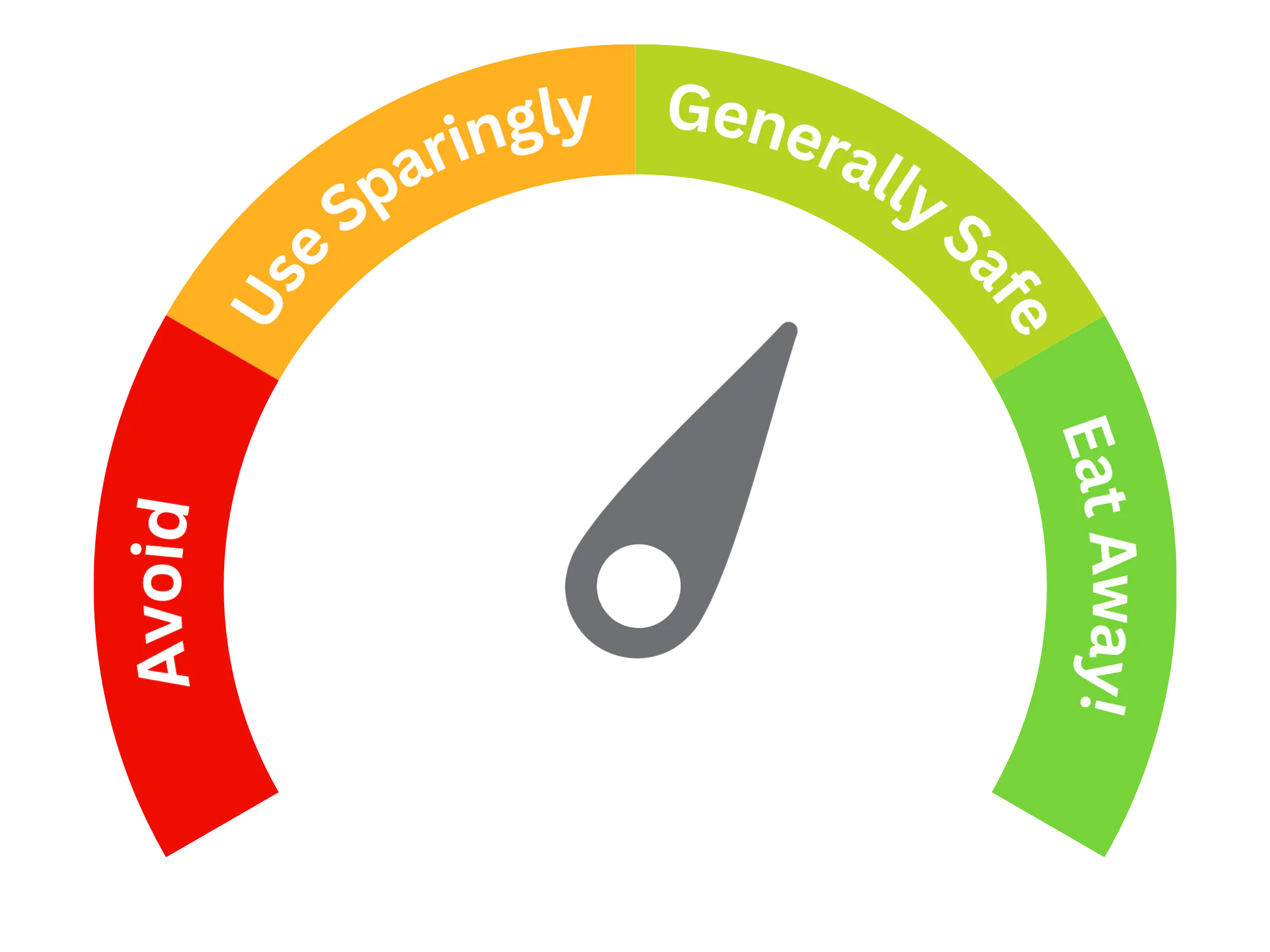Agar (E406)
| Type of additive (Glossary) | Gelling Agents Stabilizers Thickeners |
| E Number | E406 |
| Also Known As | Agar-agar |

Purpose and Function
Agar is a gelatinous substance derived from red algae and is widely used in food preparation due to its unique properties:
- Gelling Agent: Agar is renowned for its ability to form firm gels, making it a popular ingredient in desserts, jellies, and puddings. It is often used as a vegetarian substitute for gelatin, catering to those with dietary restrictions.
- Thickening Agent: It can thicken sauces, soups, and gravies, enhancing texture and providing a pleasing mouthfeel. Its thickening ability helps improve the consistency of various food products.
- Stabilizer: It stabilizes emulsions in products like salad dressings and sauces, preventing separation and maintaining a uniform texture.
- Culture Medium: Beyond food applications, agar is extensively used in microbiology as a culture medium for growing bacteria and fungi, showcasing its versatility.
Potential Risks and Side Effects
E406 is generally considered safe for consumption, but there are some important points to consider:
- Gastrointestinal Issues: Ingesting large amounts can lead to gastrointestinal discomfort, such as bloating, gas, or diarrhea, especially for those who are not accustomed to high-fiber diets.
- Allergic Reactions: Although rare, some individuals may experience allergic reactions, including skin irritations or gastrointestinal distress. It is advisable to monitor for any adverse reactions when trying it for the first time.
- Choking Hazard: Due to its gelling properties, agar should be consumed with adequate fluids to prevent choking, especially in those with swallowing difficulties.
